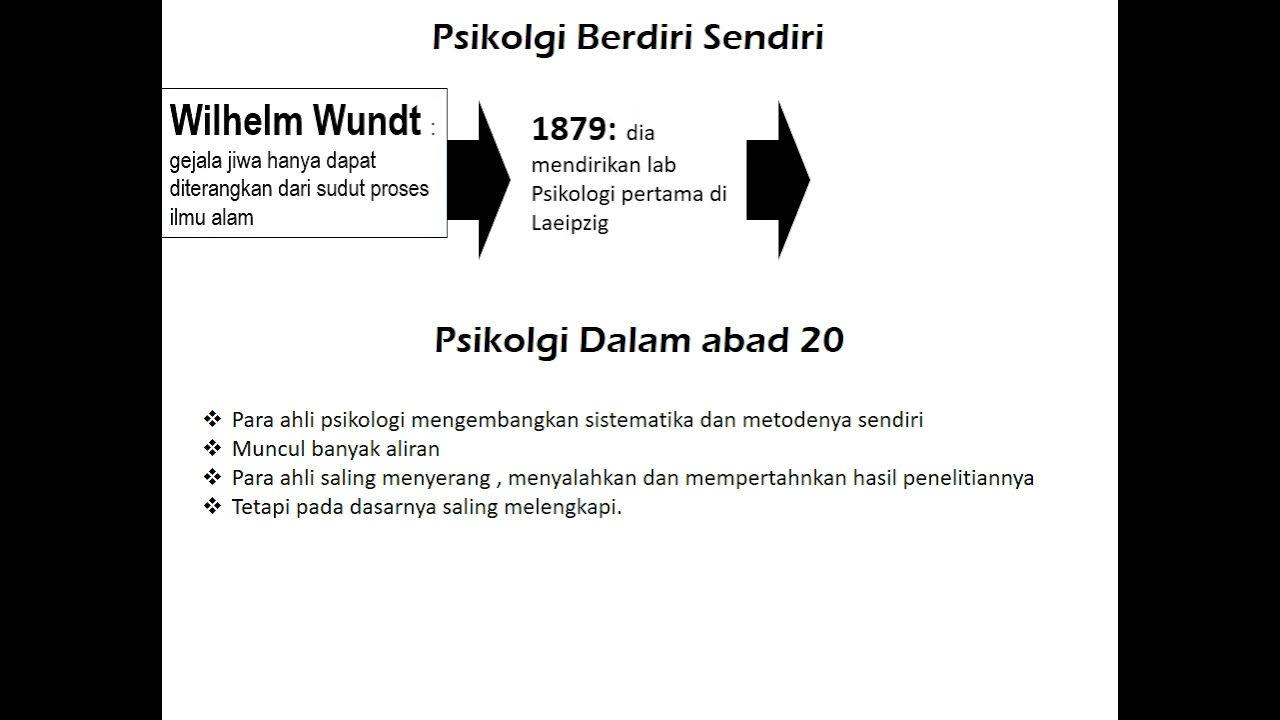The Psychology of Dehumanization
Summary
TLDRThe video explores the troubling history of dehumanization, from human zoos in the early 20th century to modern psychological studies. It highlights how groups can be seen as less than human, fueling discrimination and violence. The video discusses both blatant and subtle forms of dehumanization, like 'infra-humanization,' where certain emotions are attributed only to one's in-group. It also introduces methods researchers use to measure dehumanization and shows how these biases affect attitudes toward marginalized groups. The video emphasizes that dehumanization is distinct from prejudice and urges us to recognize our shared humanity.
Takeaways
- 👀 Human zoos were popular attractions in the late 1800s and early 1900s, showcasing people from colonies in degrading conditions.
- 🇫🇷 In 1907, six villages were built in Paris to represent French colonies, featuring people in 'authentic' costumes, observed by over a million visitors.
- 🦍 Ota Benga, a man from Congo, was put on display in the monkey house at the Bronx Zoo in 1906, highlighting the extreme dehumanization of the time.
- 💡 Dehumanization occurs when we perceive a person or group as lacking full humanness, often removing them from our moral concern.
- 🧠 Subtle forms of dehumanization, like 'infra-humanization,' reveal that people associate complex emotions more with their own group than others.
- 🔬 Research from 2001 showed that people think their own group has more 'secondary emotions,' while 'primary emotions' like fear and anger apply equally to all.
- 🧬 A study using the 'March of Progress' image found that Americans rated Arabs, Muslims, and Mexican immigrants as 'less evolved' than Europeans.
- 📉 Blatant dehumanization has been linked to support for torture, military intervention, and anti-refugee policies, especially against Muslim refugees.
- 🔍 Dehumanization differs from prejudice; it’s possible to dehumanize a group without necessarily feeling prejudice towards them.
- 🌍 Studies show that encouraging people to see animals as similar to humans can reduce dehumanization of out-groups by removing disparaging comparisons.
Q & A
What were 'human zoos' and when were they popular?
-'Human zoos' were exhibitions where people from colonized countries were displayed in simulated settings to show their 'primitive' ways of life. They were popular in the late 1800s and early 1900s.
Can you give an example of a human zoo in Europe?
-One example is the 1907 Paris exposition celebrating French colonialism, where six villages were built to represent colonies like Madagascar, Sudan, and Morocco, featuring people brought from these colonies to be observed.
How were the people in human zoos treated?
-The people in human zoos were often subjected to poor living conditions and put on display in 'authentic' costumes, where they were observed by millions of curious spectators.
What was the role of the St. Louis World's Fair in human zoos?
-The 1904 St. Louis World's Fair featured 'living exhibits' that recreated Filipino villages, showcasing over a thousand Filipinos from different tribes.
Who was Ota Benga, and how was he displayed?
-Ota Benga was a man from Congo who, in 1906, was displayed in the monkey house at the Bronx Zoo, a horrific example of dehumanization.
What is dehumanization, according to the script?
-Dehumanization occurs when people perceive a person or group as lacking full humanness, often stripping them of empathy and moral concern, allowing for cruel treatment.
What are 'primary' and 'secondary' emotions, and how do they relate to dehumanization?
-Primary emotions, like fear and joy, are seen as fundamental and shared across species, while secondary emotions, like compassion and embarrassment, are viewed as uniquely human. Dehumanization often involves denying out-groups the capacity for secondary emotions.
What is 'infra-humanization'?
-'Infra-humanization' is the subtle bias where people believe their own group experiences secondary, uniquely human emotions more than out-groups, which are seen as less fully human.
How is blatant dehumanization measured?
-Blatant dehumanization can be measured using a simplified version of the 'March of Progress' image, where respondents rate how evolved they believe different groups are, often assigning lower scores to out-groups like immigrants or refugees.
How does dehumanization differ from prejudice?
-Dehumanization is distinct from prejudice because while prejudice involves general positive or negative feelings toward a group, dehumanization specifically involves denying the group's humanity, often leading to more extreme mistreatment.
Outlines

Этот раздел доступен только подписчикам платных тарифов. Пожалуйста, перейдите на платный тариф для доступа.
Перейти на платный тарифMindmap

Этот раздел доступен только подписчикам платных тарифов. Пожалуйста, перейдите на платный тариф для доступа.
Перейти на платный тарифKeywords

Этот раздел доступен только подписчикам платных тарифов. Пожалуйста, перейдите на платный тариф для доступа.
Перейти на платный тарифHighlights

Этот раздел доступен только подписчикам платных тарифов. Пожалуйста, перейдите на платный тариф для доступа.
Перейти на платный тарифTranscripts

Этот раздел доступен только подписчикам платных тарифов. Пожалуйста, перейдите на платный тариф для доступа.
Перейти на платный тарифПосмотреть больше похожих видео

Sejarah Perkembangan Psikologi

Histórico da Avaliação Psicológica #avaliaçãopsicológica #avaliacaopsicologica #psicologia

10 EXPERIMENTOS PSICOLÓGICOS PROHIBIDOS Y QUE CAMBIARON EL MUNDO

Pengertian Geografi dan Sejarah Perkembangan Ilmu Geografi/ Geografi Kelas X (10) SMA

SEJARAH KEPERAWATAN KOMUNITAS

History of Personality Testing (02.06)
5.0 / 5 (0 votes)
